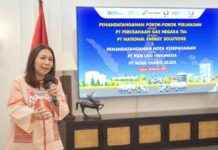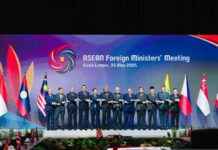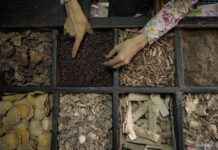Circular Economy: Reusing for a Sustainable Future
In a world plagued by environmental concerns, the concept of a circular economy has emerged as a beacon of hope for a sustainable future. By reusing resources and minimizing waste, this innovative approach aims to reduce our ecological footprint and create a more efficient, resilient economy. But what exactly does a circular economy entail, and how can we transition from our current linear model to a more circular one?
The circular economy is based on the principles of designing out waste and pollution, keeping products and materials in use, and regenerating natural systems. This means shifting from the traditional “take-make-dispose” model to one that focuses on recycling, remanufacturing, and repurposing goods. By closing the loop and creating a system where waste is seen as a valuable resource, we can not only reduce our impact on the environment but also drive innovation and create new economic opportunities.
One key aspect of the circular economy is the concept of product stewardship, where companies take responsibility for the entire lifecycle of their products. This includes designing products that are durable, repairable, and recyclable, as well as implementing take-back programs to ensure that products are properly disposed of at the end of their life. By encouraging producers to design with the end in mind, we can minimize the amount of waste generated and maximize the value of the materials used.
Another important element of the circular economy is the idea of sharing resources and services, rather than owning them outright. This can take many forms, from car-sharing programs to clothing rental services, all of which help to reduce the overall demand for new products and minimize resource use. By embracing a more collaborative approach to consumption, we can not only reduce our environmental impact but also foster a sense of community and connection.
Transitioning to a circular economy will require a concerted effort from individuals, businesses, and governments alike. Consumers can play a key role by choosing products that are designed with sustainability in mind, supporting companies that prioritize resource efficiency and waste reduction. Businesses, in turn, can implement circular strategies within their operations, such as adopting closed-loop systems and investing in renewable energy sources. Governments can also support the transition to a circular economy through policies and regulations that incentivize sustainable practices and discourage wasteful behavior.
As we look towards a future defined by climate change and resource scarcity, the circular economy offers a promising path forward. By reimagining our relationship with the planet and embracing a more holistic approach to consumption, we can create a world that is not only sustainable but prosperous for all. Let us seize this opportunity to build a future where waste is a thing of the past and resources are valued, reused, and regenerated for generations to come.






















